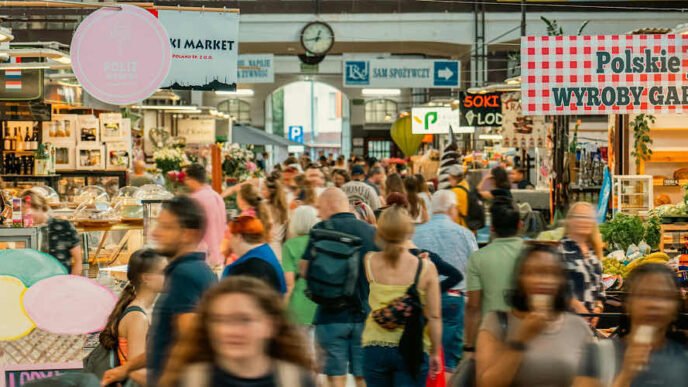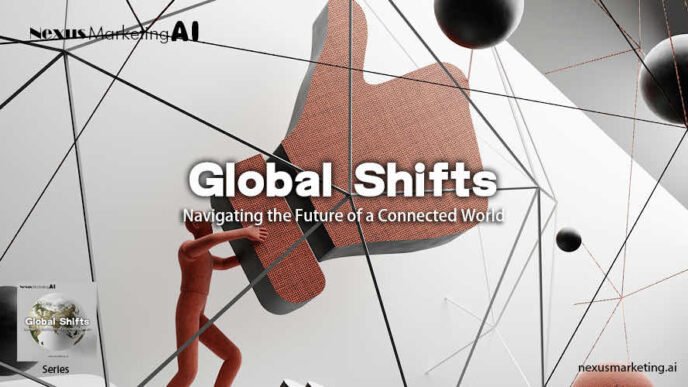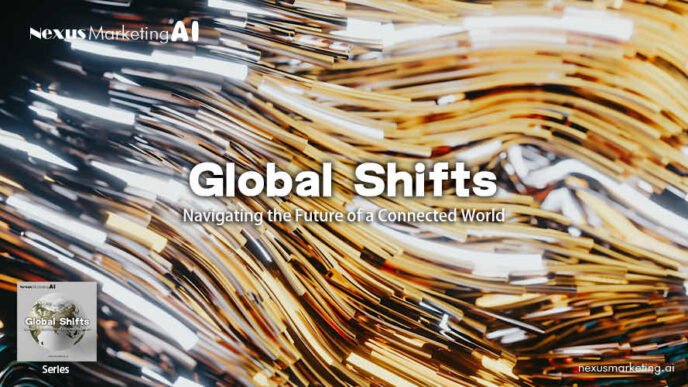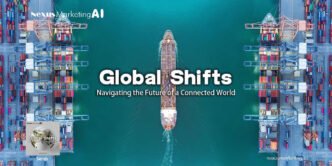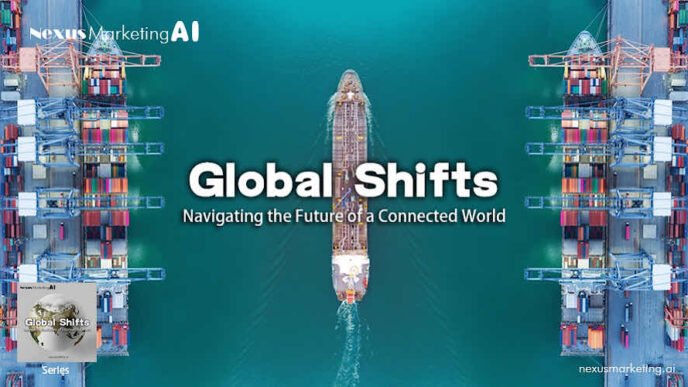Discover how the future of retail is being shaped by hybrid shopping, AI personalization, and sustainability, driving innovation in the industry.
Table of Contents

Prefer to listen? Enjoy the audio version of this article
Curated audio version | Audio powered by AI
The Future of Retail: Embracing Key Trends

The retail landscape is transforming at an unprecedented pace. As technology continues to evolve and consumer expectations shift, retailers must adapt or risk being left behind. Three key trends—Hybrid Shopping, AI-driven Personalization, and Sustainable Shopping—are at the forefront of this transformation, reshaping how consumers interact with brands and how businesses deliver value. These trends are not standalone; they are deeply interconnected. For example, AI-driven personalization plays a critical role in creating seamless hybrid shopping experiences, while sustainable shopping initiatives can be enhanced by the operational efficiency that AI brings.
In this article, we will explore how these trends are redefining the future of retail and what opportunities they present for retailers who embrace them. By understanding these forces and how they work together, companies can not only meet current demands but also anticipate the future needs of their customers, creating a lasting competitive advantage.
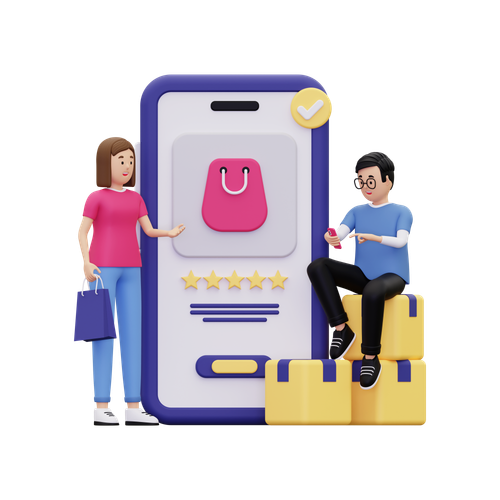
Blending Realities: The Rise of Hybrid Shopping
Hybrid shopping, which integrates the best of online and offline retail, has quickly become a standard in the industry. According to recent data, over 70% of consumers now prefer a mix of digital and in-store experiences when making purchasing decisions. This trend reflects the growing desire for convenience, flexibility, and seamless transitions between shopping environments. Additionally, hybrid shopping often relies on AI-powered systems to provide real-time inventory updates, personalized product recommendations, and dynamic pricing, further enhancing the customer experience.
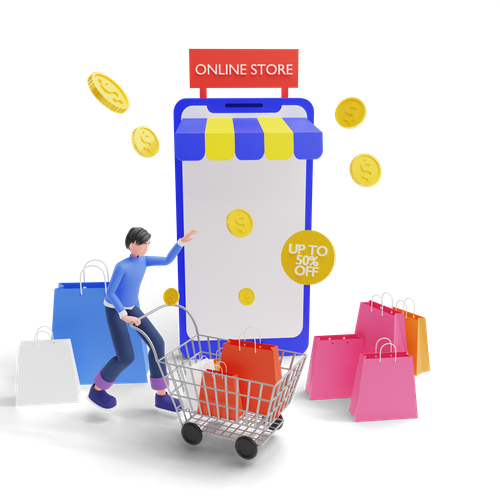
Seamless Journeys: Merging Online and Offline Worlds
Consumers no longer view online and offline shopping as separate experiences. Retailers are blurring the lines between the two, creating unified shopping experiences that allow customers to browse, buy, and return items in the manner that suits them best. Brands like Walmart and Target have successfully implemented “click-and-collect” services, where shoppers purchase online and pick up in-store, enhancing both customer satisfaction and operational efficiency.
- Key Point: Retailers who effectively merge digital and physical spaces are capitalizing on growing consumer demand for flexibility and speed, and AI-driven systems are enabling this seamless connection by analyzing consumer data across all touchpoints.

AR & VR Adventures: Elevating Engagement
One of the most exciting advancements in hybrid shopping is the use of augmented reality (AR) and virtual reality (VR) to create immersive shopping experiences. A study by Gartner predicts that by 2025, nearly 50% of retailers will have integrated AR/VR into their customer engagement strategies. These technologies allow consumers to visualize products in their homes, “try on” virtual clothing, or even experience virtual showrooms, all from the comfort of their couch. Here too, AI enhances the user experience by analyzing how customers interact with AR/VR and adjusting recommendations based on that behavior.

Click and Collect: Convenience Redefined
The rise of “click and collect” services has been a game-changer for retailers looking to blend online and offline shopping. This model allows consumers to enjoy the speed and convenience of online shopping while also giving them the flexibility to pick up items at a local store. In 2023, click-and-collect sales in the U.S. surpassed $100 billion, proving its value as a preferred option for consumers who seek immediate access to products without waiting for home delivery.
In a post-pandemic world, click-and-collect services are expected to continue growing at an annual rate of 15%, driven by consumer demand for both speed and convenience. AI plays a crucial role in optimizing inventory management and ensuring real-time accuracy in availability for click-and-collect services.
AI Alchemy: Crafting Personalization Like Never Before

AI-driven personalization has become one of the most transformative trends in retail, enabling brands to create tailored experiences that resonate with individual consumers on a deep level. A recent report by McKinsey indicates that companies using personalization can see revenue increases of 5% to 15%, while improving the efficiency of marketing spend by 10% to 30%. Beyond just enhancing the customer experience, AI-driven personalization is also a critical component in optimizing hybrid shopping journeys, where personalized recommendations and offers can be tailored to both online and in-store interactions.

Emotional AI: Technology That Understands You
One of the cutting-edge advancements in AI is its ability to recognize and respond to human emotions. Emotional AI uses algorithms to analyze facial expressions, voice tone, and text sentiment, allowing retailers to adapt their approach based on the consumer’s current emotional state. By 2026, it is predicted that 30% of online interactions will involve some form of emotional AI, helping brands create more relevant and timely engagement strategies.
For example, a consumer expressing frustration while navigating a website might be met with immediate assistance from a chatbot that understands their tone and offers quick solutions. This not only personalizes the interaction but also improves hybrid shopping by providing consistent customer service across all channels—whether online, in-store, or through customer support.

Your Virtual Shopping Sidekick
AI-powered virtual shopping assistants are rapidly becoming an essential part of the online shopping experience. These digital assistants go beyond basic product recommendations by learning individual preferences, shopping behaviors, and even browsing patterns. Brands like Amazon and Sephora are leading the way with AI-driven recommendations, seeing substantial increases in conversion rates and customer satisfaction.
For example, Sephora’s virtual assistant leverages data from past purchases and product searches to offer personalized recommendations, skincare routines, and makeup tutorials. These assistants are equally effective in hybrid shopping models, where they can assist consumers during in-store visits by providing personalized suggestions or highlighting deals available only to loyalty members.

Dynamic Recommendations: The Power of Real-Time Insights
What sets AI-powered personalization apart is its ability to offer real-time recommendations based on live data. According to Salesforce, 66% of consumers expect companies to understand their unique needs and expectations, and this is where AI excels. By analyzing data from multiple touchpoints—such as browsing history, past purchases, and even real-time location—AI can deliver hyper-relevant product suggestions just as the consumer is ready to make a decision.
AI-powered systems not only enhance individual online experiences but also optimize in-store suggestions in hybrid shopping environments, offering a unified experience. For instance, AI can use real-time data to predict when an in-store shopper may need assistance based on their browsing patterns, enabling staff or virtual assistants to offer personalized help.
Retailers using real-time data to drive personalized experiences can see a 20% increase in conversion rates, as consumers are more likely to make a purchase when presented with timely and relevant options—no matter where they shop.
Sustainable Chic: When Going Green Becomes Mainstream

Sustainable shopping is no longer a trend—it’s a consumer expectation. A Nielsen report found that 73% of global consumers are willing to change their shopping habits to reduce environmental impact, and brands that respond to this demand are seeing significant growth. However, sustainability doesn’t exist in a vacuum—it is increasingly supported by AI-driven insights and hybrid shopping models that enable brands to make greener choices while providing seamless and personalized experiences to customers.

Transparency Triumphs: Building Trust Through Openness
Today’s consumers want to know exactly where their products come from, how they are made, and what impact they have on the environment. According to IBM, nearly 6 in 10 consumers are willing to change their shopping habits to reduce environmental impact, and they expect brands to be transparent about their sustainability efforts.
Technology like blockchain and AI are enabling this transparency by giving consumers access to supply chain data, allowing them to verify the ethical and environmental footprint of products in real-time. This data is often integrated into hybrid shopping platforms, where customers can access sustainability information both online and in-store, further enhancing the brand’s credibility and consumer trust.

Eco-Innovation: Packaging and Delivery Revolution
The environmental impact of packaging and delivery is a growing concern for both consumers and businesses. McKinsey reports that 70% of consumers are more likely to buy from a brand that offers sustainable packaging. Hybrid shopping models, which enable more efficient fulfillment methods, combined with AI, can significantly reduce waste in packaging and improve the efficiency of last-mile delivery.
For example, AI-driven systems can optimize packaging sizes based on customer orders, reducing excess materials, while hybrid shopping services like “click-and-collect” can eliminate the need for individual deliveries, reducing the carbon footprint. Amazon’s “Frustration-Free Packaging” and its efforts to optimize delivery routes with AI illustrate how technology supports sustainable practices.

Closing the Loop: Embracing Circular Economy Practices
The circular economy is gaining momentum, with brands focusing on products that can be reused, repaired, or recycled. In 2022, the second-hand market grew 25 times faster than the retail market, with luxury brands like Gucci and Burberry launching platforms to sell second-hand items. AI plays a crucial role here by managing the logistics of circular economy practices, such as tracking product lifecycles, predicting maintenance needs, and optimizing resale platforms.
Additionally, hybrid shopping models that integrate online marketplaces with in-store drop-off points for recycled or second-hand goods are making it easier for consumers to participate in the circular economy. Seamlessly blending online and offline resale options through AI-backed platforms not only encourages sustainable shopping but also opens up new revenue streams for brands.
The global second-hand market is expected to grow by 127% by 2026, and brands that adopt circular economy models will be well-positioned to capitalize on this shift toward sustainability.
Embrace the Future Today: Transforming Retail Together

The future of retail is rapidly evolving, driven by three powerful and interconnected trends: Hybrid Shopping, AI-driven Personalization, and Sustainable Shopping. These trends are not separate developments—they complement and reinforce each other, creating a retail ecosystem where businesses can thrive by offering seamless, personalized, and sustainable experiences to consumers.
Retailers who adopt hybrid shopping models are not only improving convenience but also laying the foundation for AI-powered personalization, which enhances the customer journey across both digital and physical channels. At the same time, sustainability efforts are supported by AI-driven insights and hybrid models that optimize supply chains, reduce waste, and empower consumers to make eco-conscious choices.
Together, these trends offer a roadmap for the future of retail, where technology and responsibility converge to meet the evolving expectations of consumers. By embracing all three, retailers can build lasting trust, increase operational efficiency, and ensure their relevance in an increasingly competitive marketplace.
Final Thought: The future of retail belongs to those who understand that true innovation comes from integrating technology with a purpose—delivering not just products, but experiences that align with the values and demands of modern consumers.
FAQs
-
What is hybrid shopping, and how does it benefit retailers?
Hybrid shopping combines online and offline shopping experiences, allowing consumers to move seamlessly between digital and physical spaces. Retailers benefit by offering convenience, increasing customer engagement, and improving sales through flexible shopping options like “click-and-collect” and personalized in-store experiences.
-
How does AI enhance the customer experience in retail?
AI improves the retail customer experience by offering personalized recommendations, real-time support through virtual assistants, and dynamic pricing based on consumer behavior. It also helps optimize inventory management and supply chains, ensuring consumers get what they want when they want it.
-
Why is sustainability important in modern retail?
Consumers are increasingly prioritizing brands that demonstrate environmental responsibility. Retailers that adopt sustainable practices—such as eco-friendly packaging, transparent supply chains, and circular economy models—can attract eco-conscious shoppers and reduce their environmental impact.
-
What role does AI play in sustainable retail?
AI helps retailers manage sustainability efforts by optimizing supply chains, reducing waste in packaging, and forecasting demand more accurately. It also enables transparency, providing consumers with detailed information about product sourcing and environmental impact.
-
How do AR and VR technologies impact hybrid shopping?
AR and VR enhance hybrid shopping by creating immersive experiences, such as virtual try-ons and in-home product visualizations. These technologies bridge the gap between online and in-store experiences, allowing customers to interact with products in more engaging ways.
-
What is the circular economy, and how does it relate to retail?
The circular economy promotes reuse, recycling, and reducing waste by designing products with a longer lifecycle. In retail, this can include second-hand markets, product repair services, and recycling programs, helping brands reduce their environmental impact while tapping into new revenue streams.
-
How are consumers driving the shift toward sustainable shopping?
Consumers are increasingly aware of their environmental footprint and are choosing brands that align with their values. As a result, retailers are focusing on offering eco-friendly products, transparent sourcing, and sustainable packaging to meet this growing demand.
-
What is emotional AI, and how is it used in retail?
Emotional AI analyzes customer emotions through voice, facial expressions, or text to create personalized shopping experiences. Retailers use this technology to provide better customer service, tailor recommendations, and improve overall customer satisfaction.
-
How does “click-and-collect” improve the retail experience?
“Click-and-collect” allows customers to shop online and pick up items in-store, providing convenience without waiting for home delivery. This service improves the customer experience by offering flexibility and quicker access to purchased products.
-
What are some real-world examples of brands using AI and sustainability in retail?
Brands like Amazon and Sephora use AI to personalize customer experiences, while Patagonia and H&M lead in sustainability through circular economy initiatives and eco-friendly product lines. These examples highlight how technology and sustainability can coexist to drive retail success.


